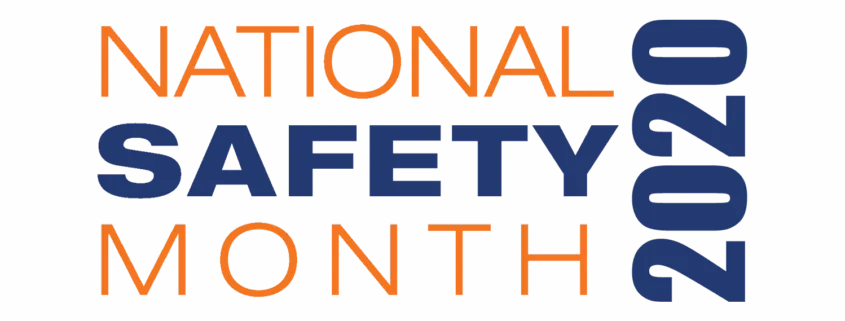National Safety Month Update & Promotions
National Safety Month Overview
Everyone faces hazards and potential dangers in their lives. Whether you face them while working at your job or in your personal life, there is always a risk of injury. HB NEXT understands that safety is a top priority which is why we are raising awareness for National Safety Month. June is the National Safety Council’s(NSC) National Safety Month. The goal of National Safety Month is to try and reduce injuries and fatalities caused by some of the less focused on hazards. Over the duration of June, the NSC will put special emphasis on one safety topic each week. The order for this year goes as follows:
Week 1: Mental Health
Week 2: Ergonomics
Week 3: Building a Safety Culture
Week 4: Driving
Free Materials
The NSC provides free public materials about each topic such as posters, articles, social media graphics, and more. They also provide additional 5 Minute Safety Talks for their members. The NSC raises money for the National Safety Council SAFER effort, which aims to address the safety needs of the Nation’s workforce now and in a post-pandemic environment. 100% of all donations from now to June 30 go to the SAFER effort and the NSC will match up to $25,000 worth of donations.
To access NSC’s free materials, please click HERE.
Complimentary Safety Manual Reviews
HB NEXT would like to share our expertise to improve more workplaces all around the country. As a promo for National Safety Month, HB NEXT is offering all companies a Complimentary Review of their safety manual. In addition to this, we are offering $100 off of new OSHA compliant safety manuals. To submit your manual for review, simply fill out the form and upload your manual HERE. Or, Contact Us and ask for a complimentary safety manual review by emailing info@hbnext.com.
OSHA 10 hr BOGO
In addition to the complimentary safety manual reviews, HB NEXT is also offering buy 1 get 1 half-off on OSHA 10 hour training through the month of June. Click HERE to view our class calendar and register using coupon code BOGOHALF.
NUCA Trench Safety Stand Down
The National Utility Contractors Association(NUCA) has declared June as Trench Safety Month. For the last 4 years, the NUCA has held the Trench Safety Stand Down. This year they are holding it from June 15 – 19. The Trench Safety Stand Down is a series of organized events held by the NUCA over the entirety of the week. These events are used to emphasize the message of safety around jobsite trenches and excavations through seminars, safety training, and other activities. To learn more about NUCA or the Trench Safety Stand Down visit there website HERE.
OSHA Safety Stand Down Postponed
OSHA also holds a Stand Down for Fall Prevention, as it is the cause of the most fatalities in construction, every year. This year, due to COVID-19, it has been postponed to an unknown date post-pandemic. In 2019, more than 47,000 employees participated in the Stand Down. They are expecting to beat that number this year as their community grows. To learn more about OSHA or the Stand Down to prevent falls in construction visit there article HERE.



